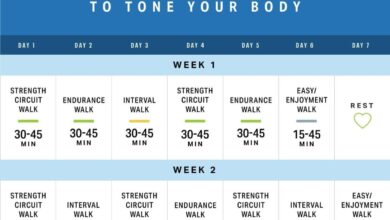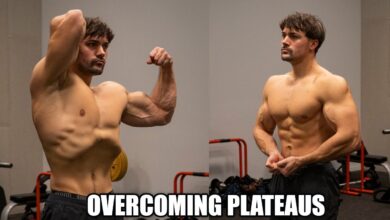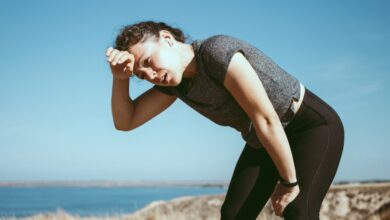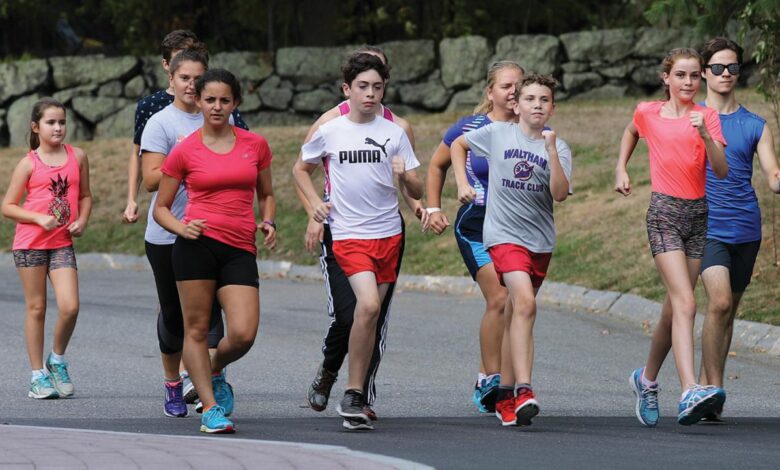
Why You Should Try Race Walking
Why you should try race walking? It’s a question that deserves a closer look. Race walking is a unique and dynamic sport that offers a full-body workout, a chance to connect with nature, and a community of passionate individuals.
Forget the stereotypical image of stiff-legged striders – modern race walking is a graceful and powerful discipline that has become increasingly popular worldwide.
Think of it as a fusion of running and power walking, with a focus on maintaining continuous contact with the ground. This technique, combined with a strong core and proper arm movements, results in a highly efficient and calorie-burning exercise.
Whether you’re a seasoned athlete or just starting your fitness journey, race walking offers a rewarding and accessible way to improve your health and well-being.
Race Walking
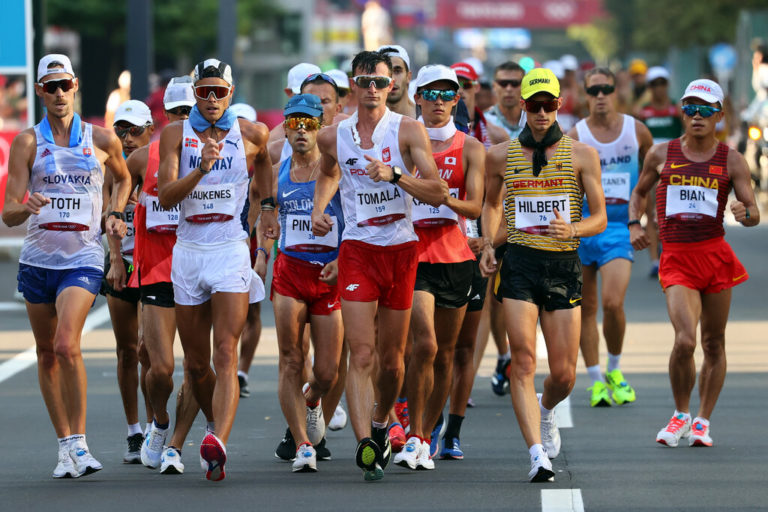
Race walking is a unique and engaging sport that challenges both the mind and body. It is a disciplined form of athleticism that requires a specific technique, endurance, and mental fortitude. Unlike running, race walking demands a controlled and deliberate gait, making it a truly distinct and captivating activity.
History of Race Walking
Race walking has a rich history dating back to ancient times. Early forms of walking competitions were documented in ancient Greece and Rome, where they were often incorporated into athletic festivals and games. However, the modern sport of race walking emerged in the 19th century in England, where it gained popularity as a recreational activity.In 1866, the first official race walking competition was held in England, and the sport quickly spread to other countries.
The rules and regulations of race walking were established in the late 19th century, and the sport was included in the first modern Olympic Games in 1896. Since then, race walking has become a recognized and respected Olympic discipline, with athletes from around the world competing for top honors.
Comparing Race Walking to Running
Race walking and running are both endurance sports that require a high level of fitness, but they differ significantly in terms of technique and physical demands.
- Gait: In race walking, one foot must be in contact with the ground at all times, and the athlete’s leading leg must be straightened at the moment of contact. This requirement ensures a distinct and controlled gait, characterized by a rhythmic and continuous motion.
In contrast, running involves a period of flight when both feet are off the ground, resulting in a more dynamic and fluid movement.
- Muscles Used: Race walking engages a wider range of muscles compared to running. The controlled gait necessitates the use of the hips, core, and leg muscles to maintain balance and propulsion. Running primarily utilizes the leg muscles, with less emphasis on core stability.
- Energy Expenditure: Although both sports are physically demanding, race walking requires a higher level of energy expenditure compared to running at the same speed. This is attributed to the constant muscle engagement and the resistance created by the controlled gait.
Famous Race Walkers
Throughout history, there have been numerous remarkable race walkers who have left an indelible mark on the sport.
Race walking is a fantastic way to boost your fitness, and it’s a great low-impact alternative to running. To get the most out of your training, you’ll need a strong core, and that’s where you should check out 10 mistakes to avoid when training your core.
Avoiding these common pitfalls will help you build a powerful core that supports your race walking form and keeps you injury-free. So lace up your shoes, get your core strong, and hit the pavement!
“I always say that race walking is the most difficult sport in the world because you have to be so focused on your technique and you can’t afford to make any mistakes.”
Tom Bosworth, British Olympic race walker.
Tom Bosworth, a British Olympic race walker, is a shining example of the dedication and skill required to excel in this demanding sport. He has consistently pushed the boundaries of race walking, achieving numerous accolades and inspiring countless athletes.
Race walking is a fantastic way to get your heart pumping and your blood flowing, which are both crucial for overall health. Plus, it’s a low-impact exercise that’s easier on your joints than running. Did you know that studies link poor sleep with cardiovascular disease ?
Well, race walking can actually help improve your sleep quality, which in turn can reduce your risk of heart disease. So, why not give race walking a try and reap the benefits of a healthier heart and a better night’s sleep?
“Race walking is not just about speed, it’s about precision and control. You have to be able to maintain your form over long distances, and that takes a lot of mental strength.”
Maria Michta-Coffey, Polish Olympic race walker.
Maria Michta-Coffey, a Polish Olympic race walker, highlights the mental fortitude required for success in race walking. The sport demands a high level of focus and concentration to maintain the proper technique and rhythm, even under intense physical exertion.These anecdotes showcase the dedication, skill, and mental strength that characterize the world of race walking.
Race walking is a fantastic way to get a full-body workout, improve your cardiovascular health, and even boost your mood. But did you know that it can also have a positive impact on your hormone levels? As explained in the connection between hormones and training performance , certain types of exercise can influence the production of hormones like cortisol and testosterone.
So, if you’re looking for a fun and effective way to get in shape and feel great, give race walking a try!
These athletes are not only physically gifted but also possess an unwavering commitment to their craft, demonstrating the true essence of this unique and captivating sport.
Health Benefits of Race Walking: Why You Should Try Race Walking
Race walking, a dynamic and engaging activity, offers a plethora of health benefits that extend beyond mere physical fitness. By incorporating race walking into your routine, you can reap substantial rewards for your overall well-being.
Cardiovascular Health
Race walking is a fantastic cardiovascular workout that strengthens your heart and improves its efficiency. Engaging in regular race walking sessions can significantly reduce your risk of developing heart disease, stroke, and other cardiovascular conditions. Race walking elevates your heart rate, improving blood flow throughout your body and enhancing the delivery of oxygen to your muscles.
This increased blood flow also helps to lower blood pressure, reducing the strain on your heart.
Muscular Strength and Endurance
Race walking is an excellent way to build and maintain muscular strength and endurance. The repetitive motion of race walking engages various muscle groups, including your legs, core, and arms. This continuous engagement leads to increased muscle mass, improved muscle tone, and enhanced endurance.
Furthermore, race walking can improve your balance and coordination, as it requires you to maintain a specific posture and rhythm.
Weight Management, Why you should try race walking
Race walking can be an effective tool for weight management. It burns a significant number of calories, helping you to maintain a healthy weight or lose weight. The intensity of race walking can be adjusted to suit your fitness level, allowing you to gradually increase the duration and intensity of your workouts as you progress.
By incorporating race walking into your routine, you can create a calorie deficit, leading to weight loss.
Ultimate Conclusion

So, why not give race walking a try? It’s a sport that can be enjoyed by people of all ages and fitness levels. With its unique blend of athleticism, community spirit, and health benefits, race walking is an activity that will challenge and inspire you in ways you never thought possible.
Take a step – or rather, a long stride – into the world of race walking and discover the joy of moving forward with purpose and passion.

